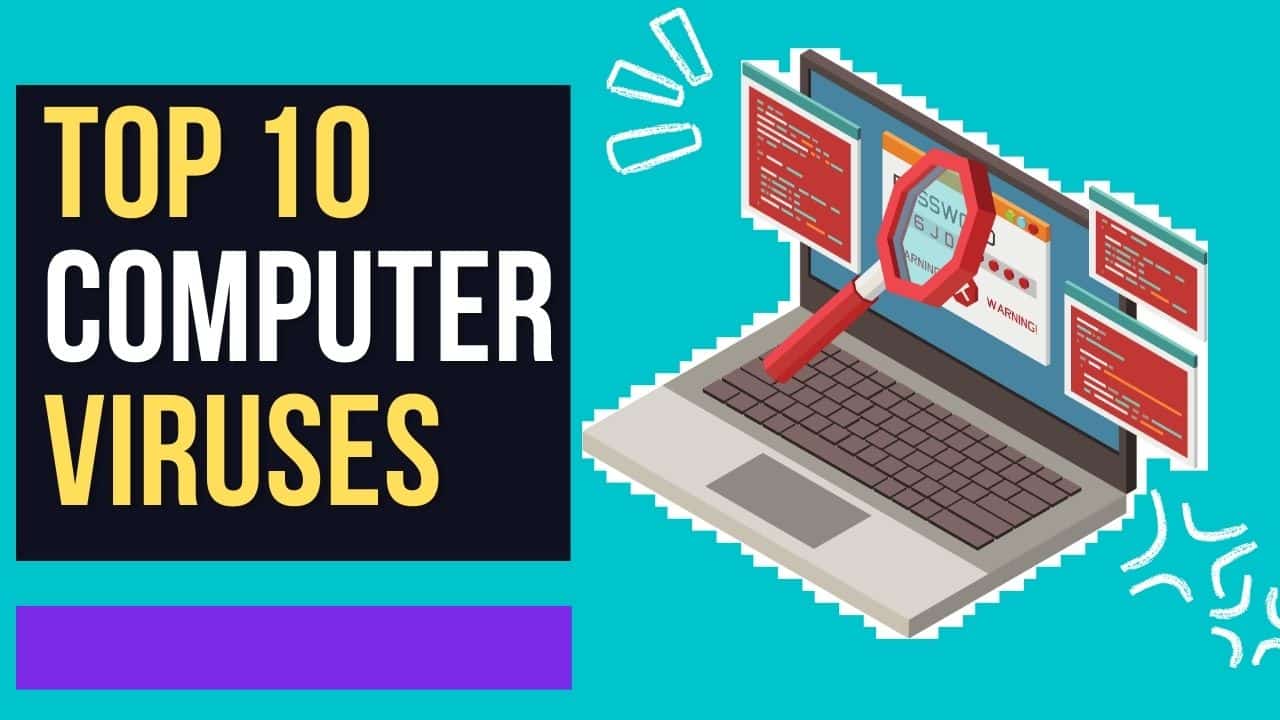Computer viruses are becoming increasingly prevalent as technology advances, and the world becomes more connected. Not only can they cause costly damage to your digital devices and legitimate computer software, but they can also put your personal information at risk. To help protect yourself from these malicious programs, being aware of the most destructive computer viruses is crucial. This article will examine the top 10 computer viruses that have caused the most significant harm over the years.
If you want Free protection, check out our article on Bitdefender Traffic light, but for complete protection, we recommend using Bitdefender Total Security Anti-Virus. With 24 years of experience working in IT and 16 of those working in Network Security, this is the Anti-Virus package that I have used for the last decade.
We should also use encryption when sending sensitive data via Email, if you are interested in this then check out our Email Encryption Article
What Is a Computer Virus
1. The first computer virus was created in the early 1970s, and thousands of viruses have been developed since then. A computer virus is a malicious software program that can replicate itself and spread from one computer to another through various means, such as email attachments, file-sharing networks or infected web pages or websites. Computer viruses can cause significant damage to your computer system by corrupting files, stealing personal information or even disabling security software.
2. Some of the most notorious computer viruses include the ILOVEYOU, perhaps the most dangerous computer virus, which caused an estimated $15 billion in damages worldwide in 2000; the MyDoom worm, which infected millions of computers in 2004; and the Conficker worm, which affected millions of computers globally in 2008. In addition worst computer viruses, ransomware has become a widespread threat in recent years, where hackers encrypt users' files and demand payment for their release.
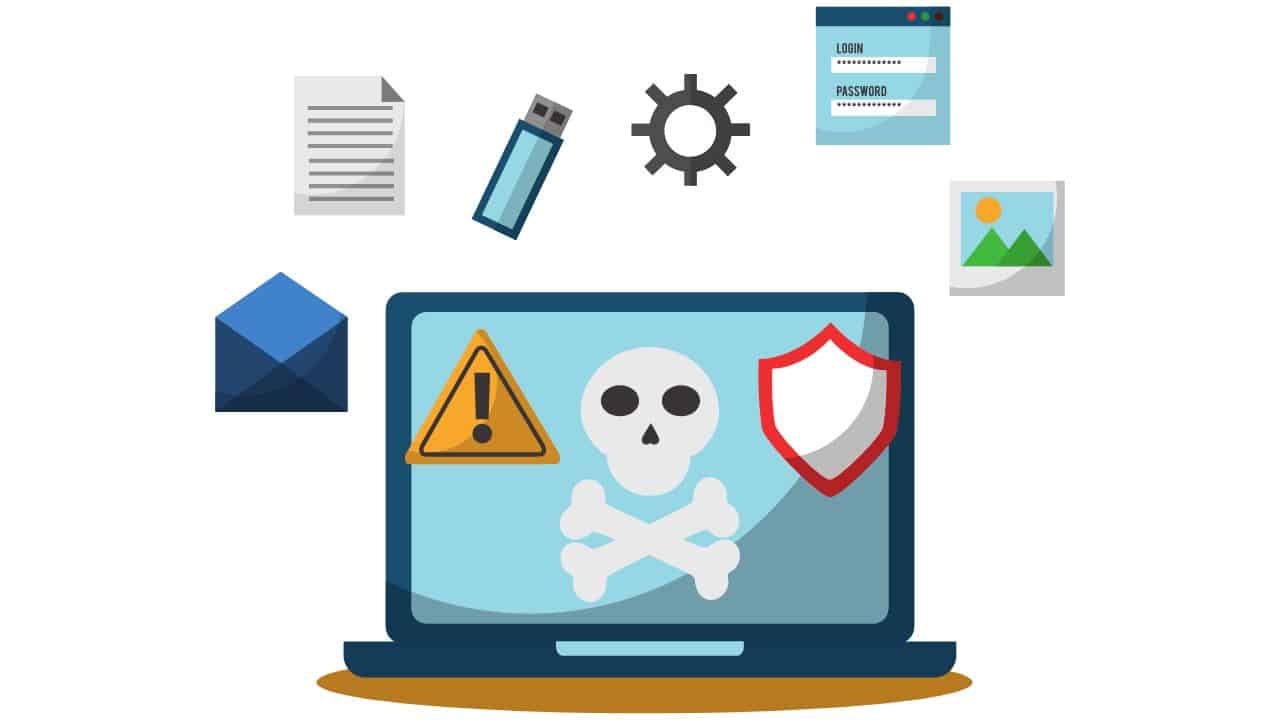
3. Protecting your computer from viruses involves taking several proactive measures, such as installing reliable antivirus software with regular updates and staying alert while browsing online for suspicious links or downloads. It is also crucial to keep your operating system up-to-date with the latest patches and fixes released by vendors to prevent vulnerabilities that cybercriminals could exploit. By implementing these measures, you can protect yourself against potential losses from malware infections on your device(s).
Virus vs Worm
One of the most common types of computer viruses is the Worm. Unlike a virus that requires human interaction, a worm can replicate and spread independently without user intervention. Worms exploit vulnerabilities in operating systems or software programs to infect computers and networks, often causing significant damage.
One infamous example of a worm is the "ILOVEYOU" virus that infected millions of computers worldwide in 2000. The virus would spread through an email attachment that appeared to be a love letter, but once opened, it would execute malicious code that would overwrite files and send itself to everyone in the victim user's address book.
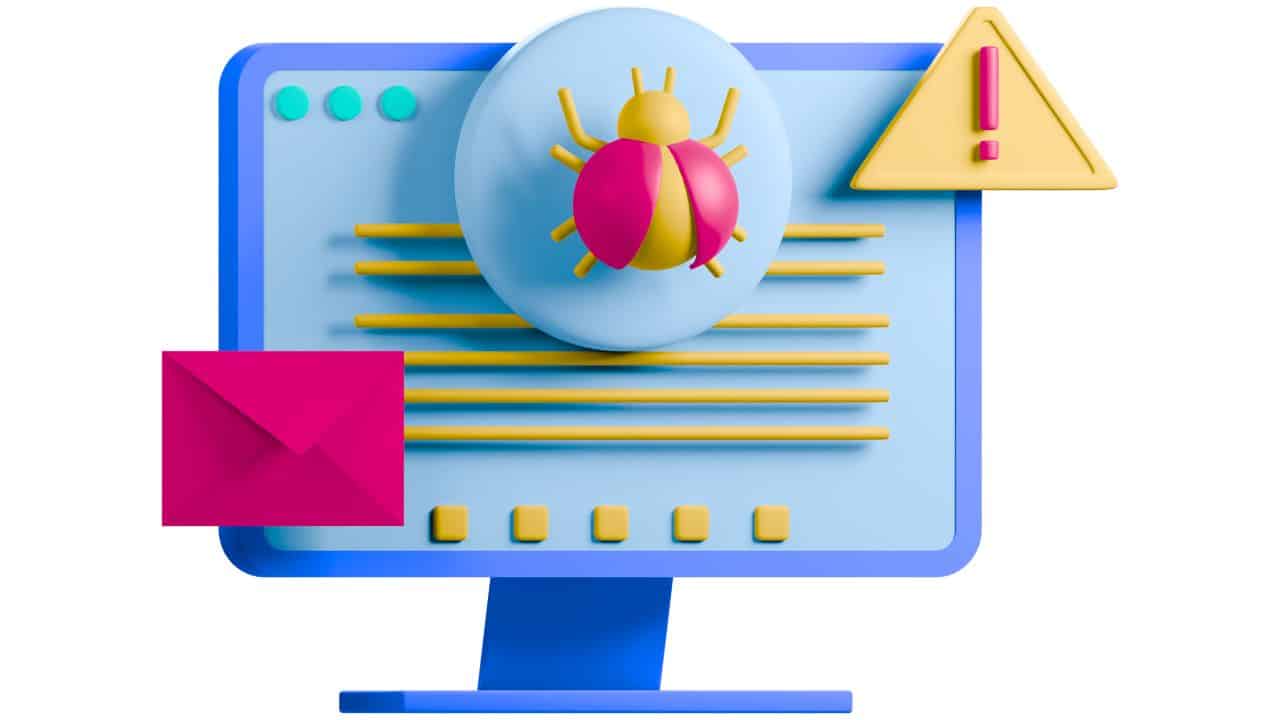
In contrast, traditional viruses rely on human behaviour, such as opening an infected file or clicking on a link to propagate themselves. Once activated, viruses can modify or delete files, steal personal information, and even take control of an infected computer remotely. Some well-known examples of banking malware attacks include the Melissa virus from 1999 and the WannaCry ransomware attack from 2017, which caused significant disruption across numerous industries worldwide.
Top 10 Dangerous Computer Viruses
1. Storm Worm
The Storm Worm is a computer virus that first emerged in 2007. It was one of the most successful and widespread viruses of its time, infecting millions of computers worldwide. The virus was spread primarily through email attachments and social engineering tactics, such as enticing subject lines and persuasive language to convince users to open the infected attachment.
Once a computer is infected with the Storm Worm, it becomes part of a botnet controlled by the virus creators. This allowed them to use the infected computers for malicious activities, such as launching DDoS attacks or sending out spam emails. In addition, the sophisticated nature of the Storm Worm made it difficult for antivirus software to detect and remove.
Although no new infections have been reported since 2008, the legacy of the Storm Worm lives on as an example of how devastating computer viruses can be when left unchecked. It also underscores the importance of cybersecurity measures like reliable antivirus software, regular software updates, and user education about safe online practices.
2. Conficker
Conficker is a computer worm that was first detected in November 2008. It targets computers running the Microsoft Windows operating system and can spread through networks and USB drives. Conficker has been one of the most widespread computer viruses in history, infecting millions of computer users worldwide.
The virus is notorious for its ability to remain undetected by traditional antivirus software and update itself automatically. Conficker can also disable security features on infected computers, making them vulnerable to other malware attacks. In addition, it has been used for various malicious activities, including stealing sensitive information and creating botnets for cyber attacks.
Despite efforts to contain it, Conficker remains a significant threat as new variants continue to emerge.
3. Daprosy Worm
The Daprosy Worm is a malicious computer program that debuted in 2009. It propagated through peer-to-peer file-sharing networks and targeted computers running Windows operating systems. Once it infiltrated a scenario, the Worm would copy itself into the shared folders of various applications like Kazaa and Morpheus. This allowed it to infect other computers using those same file-sharing programs.
The Daprosy Worm caused widespread damage by disabling antivirus software, deleting files, and creating backdoors for hackers to access compromised systems remotely. It could also send spam emails from infected machines without the user's knowledge or consent. The Worm's success was partly due to its ability to evade detection by security software and hide within legitimate application folders.
Despite its initial impact, the Daprosy Worm has faded into obscurity as newer, more advanced malware emerged in recent years.
4. Stuxnet
Stuxnet is a highly sophisticated computer worm that was discovered in 2010. It is considered one of the most dangerous viruses ever created, as it was specifically designed to target and sabotage industrial control systems. In addition, Stuxnet was believed to have been developed by the United States and Israel to damage Iran's nuclear program, although this has never been officially confirmed.
Stuxnet targeted specific programmable logic controllers (PLCs) used in nuclear facilities. Once inside a system, it would manipulate the PLCs in such a way as to cause physical damage or disruption to operations. In addition, the virus spreads through USB drives and network connections, making it difficult to detect and eradicate.
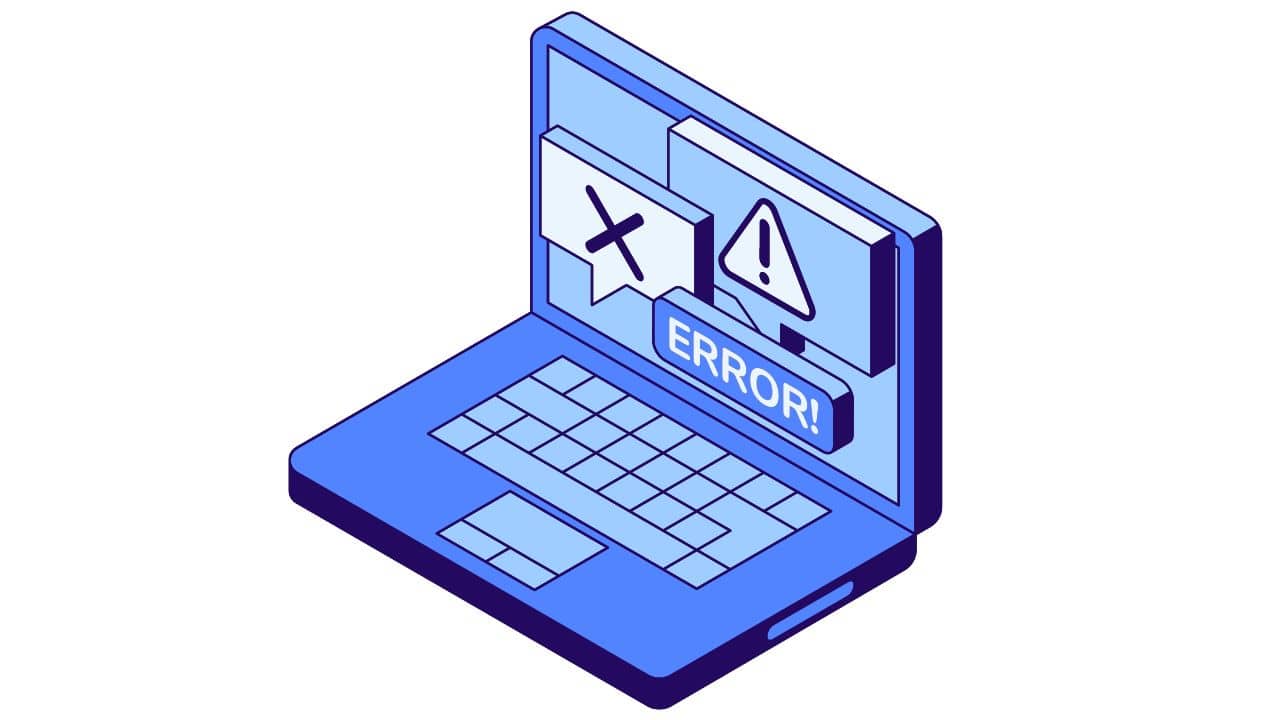
Despite its destructive capabilities, Stuxnet did not cause significant incidents or fatalities. However, its discovery highlighted the potential for cyber attacks on critical infrastructure and raised concerns about the future use of similar viruses for malicious purposes.
5. Duqu
Duqu is a sophisticated computer virus that was first detected in 2011. It is often called the "sibling" of the infamous Stuxnet virus, which targeted Iranian nuclear facilities. Duqu shares some of the same code and characteristics as Stuxnet but has different objectives. The primary goal of Duqu is to gather valuable information from infected computers, such as intellectual property or sensitive government data.
Duqu operates by infiltrating a system through a malicious email attachment or exploiting vulnerabilities in software. Once inside, it disguises itself to avoid detection and collects data using keylogging techniques and network sniffing tools. It can also spread laterally within a network, infecting other devices and creating backdoors for future access.
Despite being discovered nearly a decade ago, Duqu remains one of the most dangerous computer viruses today due to its advanced capabilities and ability to adapt to new security measures. Its successful infiltration into high-value targets underscores the importance of strong cybersecurity practices for individuals, businesses, and governments.
6. Shamoon
Shamoon is a powerful computer virus that has wreaked havoc on computers since 2012. Also known as Disttrack, the malware is believed to have destroyed over 30,000 computers at Saudi oil company Aramco in a single day. Shamoon spreads through computers infected by email attachments and uses sophisticated techniques to evade detection by antivirus software. Once installed, the virus wipes hard drives and replaces critical system files with irreparable damage.
Shamoon is considered one of the most destructive viruses ever created, capable of causing widespread disruption and chaos in affected organizations. Its origins remain unknown, but it is believed to have been developed by state-sponsored hackers seeking to undermine critical infrastructure or steal sensitive information. In recent years, the virus has also targeted other high-profile organizations, such as Saudi Arabian banks and energy companies, highlighting its continuing threat to cybersecurity worldwide.
Despite efforts by security experts to develop countermeasures against Shamoon, its creators continue to evolve the virus's code and deploy new variants that render existing defences useless. As such, it remains a significant threat to individual users and entire networks and infrastructures vulnerable to cyberattacks.
7. Cryptolocker
Cryptolocker is a dangerous virus that has been causing problems for individuals and businesses since its inception in 2013. It is a ransomware virus that encrypts the files on an infected computer, rendering them inaccessible until a ransom payment is made to the hackers responsible for spreading the virus. This virus has caused millions of dollars in damages, and many users have lost valuable data because they were unable or unwilling to pay the ransom.
Cryptolocker has succeeded because it uses sophisticated encryption algorithms to lock down files on infected systems. Unfortunately, even if victims decide to pay the ransom, there's no guarantee that they'll be able to recover all their data. And unfortunately, once one computer on a network gets infected with Cryptolocker, it can quickly spread throughout an entire organization.
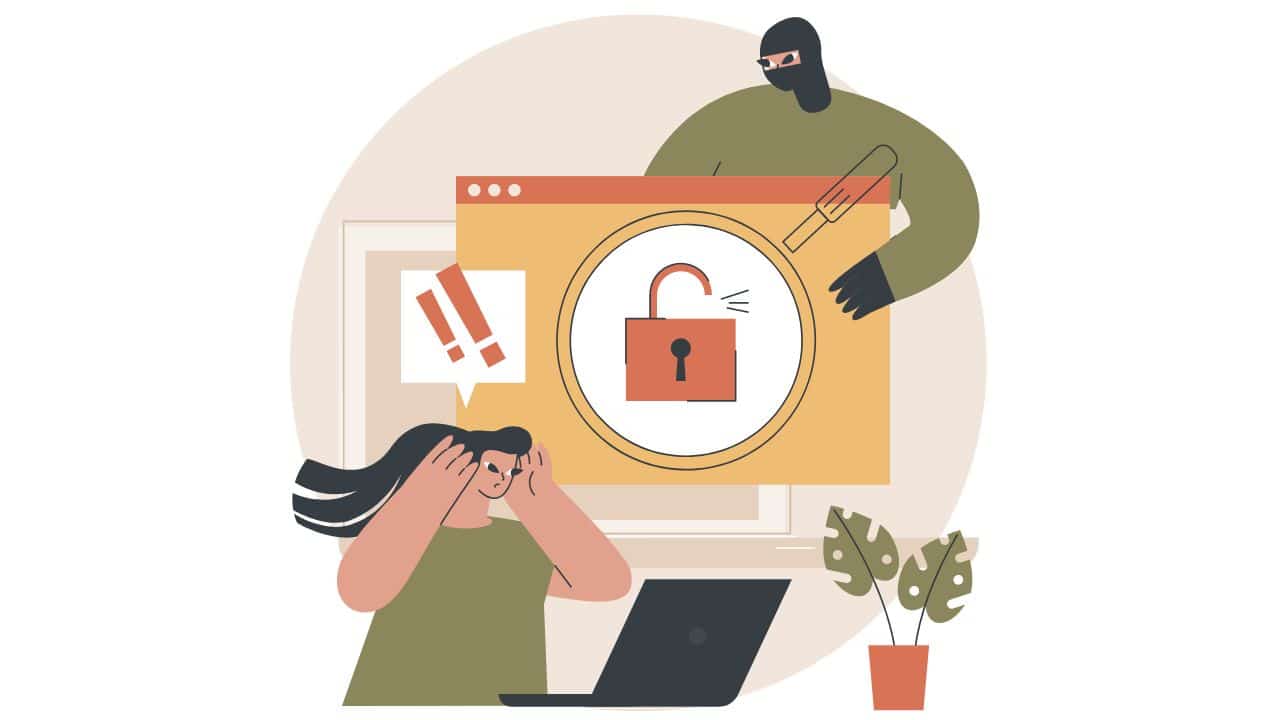
Another problem with Cryptolocker is that it often disguises itself as legitimate software or email attachments. Unfortunately, that means many users unwittingly download and install Cryptolocker without realizing what they're doing until it's too late.
8. Regin
Regin is a highly sophisticated computer virus that was discovered in 2014. This virus has impacted various international organizations, governments, and businesses, making it one of the most dangerous. In addition, Regin is known for its ability to infiltrate systems without being detected, which makes it difficult to remove once it has infected a system.
Regin can steal passwords and monitor user activity without users even realizing they are being monitored. It also can control network traffic and intercept communication between devices, allowing hackers to spy on sensitive information such as emails and messages. Due to its advanced capabilities, Regin is believed to have been developed by a government agency or state-sponsored group.
9. Rombertik's Endless Loop
Rombertik's Endless Loop is one of the most notorious computer viruses ever, seen in 2015. Once it infects a system, it starts an endless loop that quickly overwhelms it and renders it useless. This virus is hazardous because it can evade antivirus software and firewalls, making detection almost impossible.
Rombertik's Endless Loop is so successful at infecting systems due to its ability to camouflage itself within legitimate programs. It remains hidden until the program runs a specific command set, activating the virus. Furthermore, this virus can also steal sensitive information like usernames and passwords from various websites.
10. Tiny Banker
Tiny Banker, also known as Tinba or Tinybanker, is a banking Trojan that emerged in 2012. It is highly sophisticated and can evade most antivirus software. The Trojan targets financial institutions and steals the login credentials of online banking customers. Once the credentials are stolen, the attacker uses them to access bank accounts and transfer funds to their accounts.
Tiny Banker has several advanced features that make detecting and removing infected systems difficult. For example, it uses encryption techniques to hide its presence on a system and communicate with its command-and-control server. Additionally, it can inject itself into legitimate processes, making it harder for security software to identify and isolate the malware.
The impact of Tiny Banker on financial institutions can be devastating as it compromises customer data and undermines trust in digital banking systems.
8 Signs Your PC Has Been Compromised
1. Frequent Pop-Ups: If you see an overwhelming amount of pop-ups while browsing or using a particular application, it may be a sign that your computer is infected with malware.
2. Slow Performance: Malware can slow down your computer's performance, especially if the virus runs in the background without your knowledge.
3. Strange Error Messages: If you encounter unfamiliar error messages or notifications, it could indicate that your computer has been compromised.
4. Unusual Network Activity: If you notice unusual network activity, such as unknown downloads and uploads on your system, your computer will likely be hacked.
5. Programs Opening/Closing Automatically: If software programs start opening and closing automatically or new programs appear without being installed by you, then there's a possibility that malware is responsible for this behaviour.
6. Password Changes: Have any of your passwords suddenly stopped working? A hacker might have accessed and changed them to access sensitive information stored on your device.
7. Missing Files/Programs: When files go missing from windows computers in their original location or specific applications disappear from the system without explanation, it could indicate that something malicious happened to them.
8. Antivirus Disabling Itself/Not Updating Regularly: Malware often disables antivirus programs to avoid detection, so if yours keeps turning off randomly or not updating regularly, take action immediately!
Conclusion
In conclusion, computer viruses are an ever-growing threat to our digital security. We must take the necessary steps to protect ourselves, such as running anti-malware programs, avoiding suspicious files, and using secure passwords. We must also remain vigilant and keep up with the latest technology developments to stay ahead of any malicious actors. By taking these steps, we can ensure that our devices and data remain secure from the damaging effects of computer viruses.

